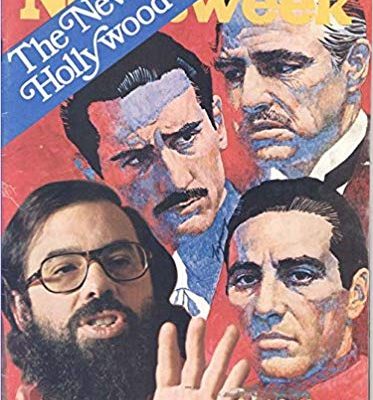Original Publication: The New York Times, February 19, 1989
THE BRIDGE By Emily Cheney Neville. Illustrated by Ronald Himler. Unpaged. New York: Harper & Row. $13.95. (Ages 4 to 8)
Ben is a little boy fascinated with trucks and heavy construction equipment. When the creaky old plank bridge leading to the driveway of his house collapses, he is able to watch not only the collapse – from the weight of a 14-ton oil tank truck – but the entire process of a new bridge being built.
In the course of ”The Bridge,” a vividly written story book by Emily Cheney Neville, an award-winning author of children’s books, young readers as well as befuddled adults are able to learn exactly how a bulldozer differs from a backhoe, for example, or a bucket loader. This information is a godsend for parents and others who have managed to get through life blissfully unaware of these crucial facts – until a truck-crazed child joins the household and starts asking questions that this mother, at least, always thought were the purview of college engineering classes she never attended.
Ms. Neville’s technical vocabulary is precise and easily grasped. Not only does she entertainingly explain all the steps involved in clearing away the old wooden bridge and replacing it with a huge metal culvert (which until ”The Bridge” I would probably have incorrectly labeled a sewer pipe), but she is also careful to call attention to the gum-ball light on the road commissioner’s pickup truck and the axle chain hook on the tow truck that takes the tank truck away. She even names the tine of an old rake that Ben and his mother use to anchor a cowbell ring-a-ling device they place next to the new bridge when they miss the ”rattle rattle! Here they come!” sound the old bridge planks used to make. How else would Chowder the dog and Rhubarb the rabbit know that someone was on the way to the house?
When Ben’s father draws a line in the dirt and cautions Ben not to step over it while all the bridge building is going on, a lesson in discipline is taught. In the midst of a dozen different vehicles and pieces of equipment coming and going, and in a story where time is compressed and the machinery stars, Ben’s relationship with his parents is still never taken for granted. When the bridge is down Ben goes with his mother to throw galoshes over the brook to his father; Ben watches his father make the phone calls so the bridge can be repaired. At bedtime his mother tells him to dream of a way to replace the old bridge’s rattle and in the morning Ben comes up with the idea of a bell. The wonder of all these exciting events for Ben and other vehicularly obsessed children like him is underscored by Ms. Neville with numerous bright images and fun-to-say phrases.
If only Ronald Himler’s watercolor illustrations were as rich and vibrant as the text. What a pity that he so often decides to skip over salient action and important objects – the road commissioner’s gum-ball light is mentioned four times but never illustrated, for example. Instead, Mr. Himler, who has illustrated many other books for children, here concentrates on the more static scenes of Ben with his parents, but their features are much too muddied and we miss seeing the engaging personality of this exuberant little boy.
Mr. Himler’s use of color is particularly annoying. Granted that bulldozers and backhoes are almost always yellow and dirt is dirt, Mr. Himler takes earth tones to an extreme. Dull browns and grays also wash over the trees, the bridge, the boulders, the grass and even the sky at times. Using such a morose palette, no matter the season, is like throwing a tub of dirty dishwater all over a sparkling story. Fortunately for ”The Bridge,” Emily Cheney Neville’s text shines through.



